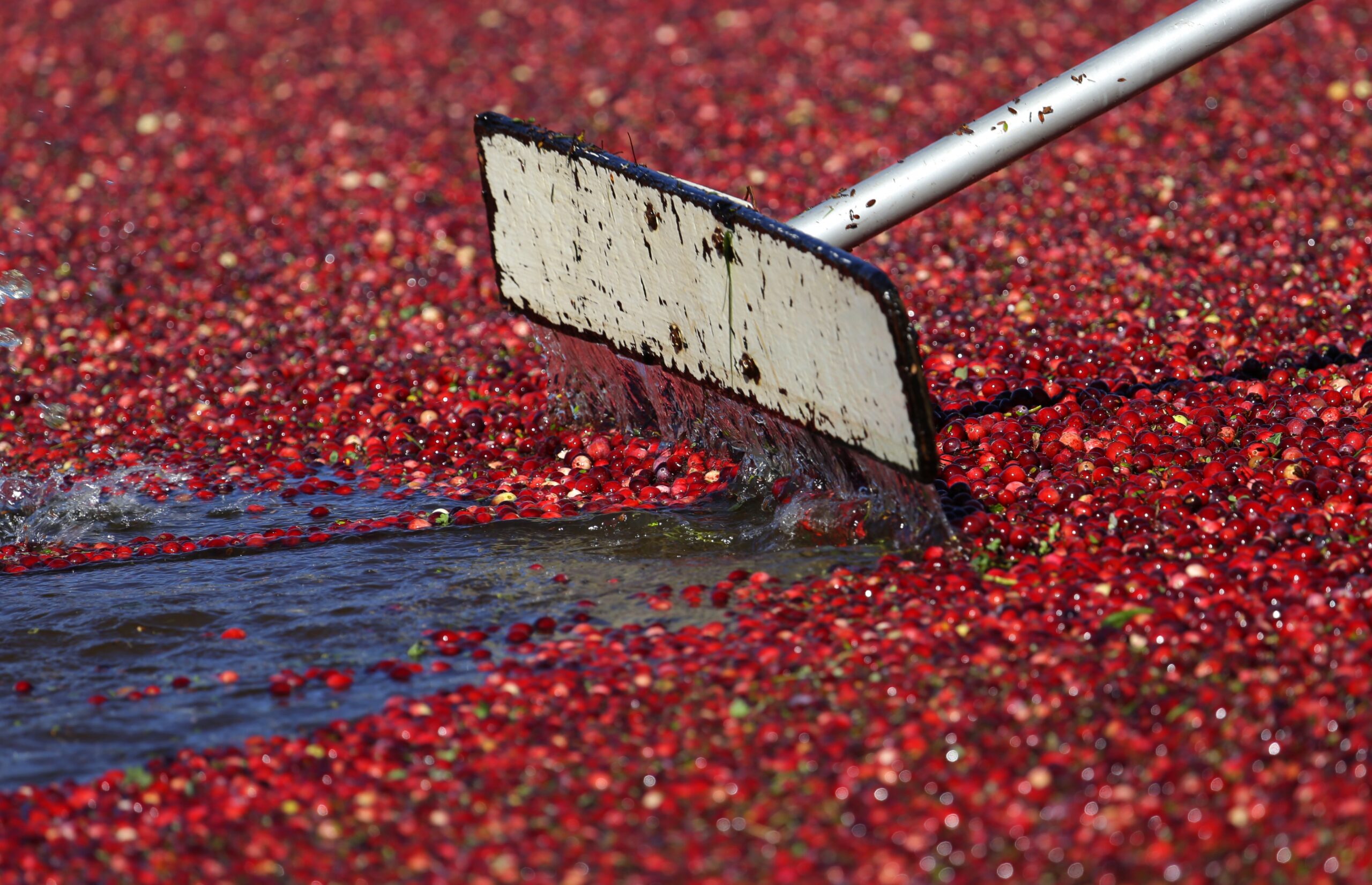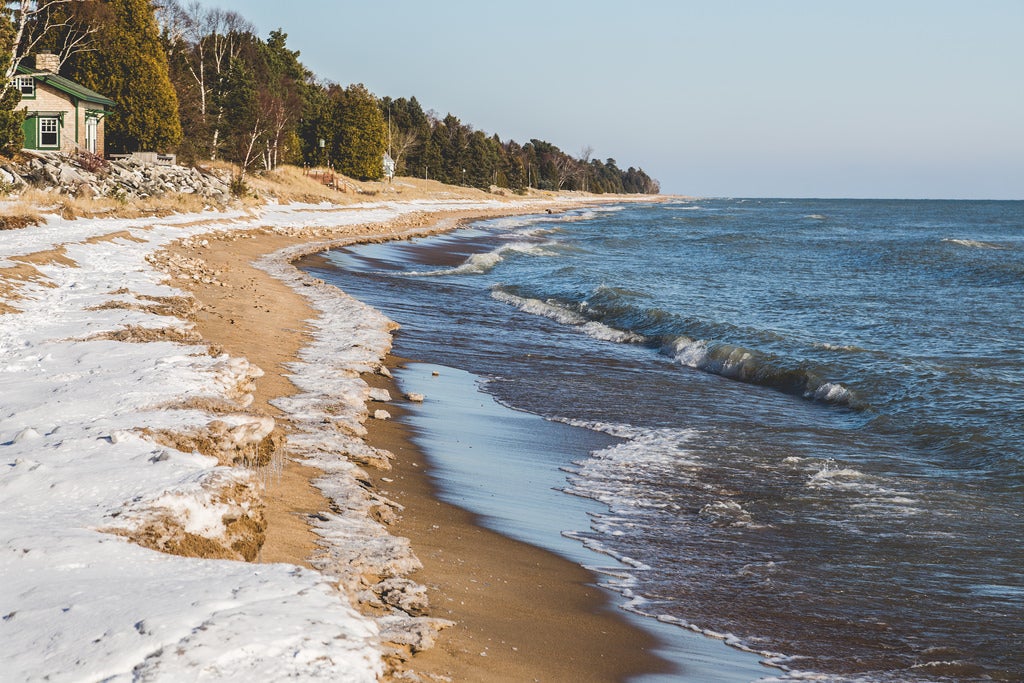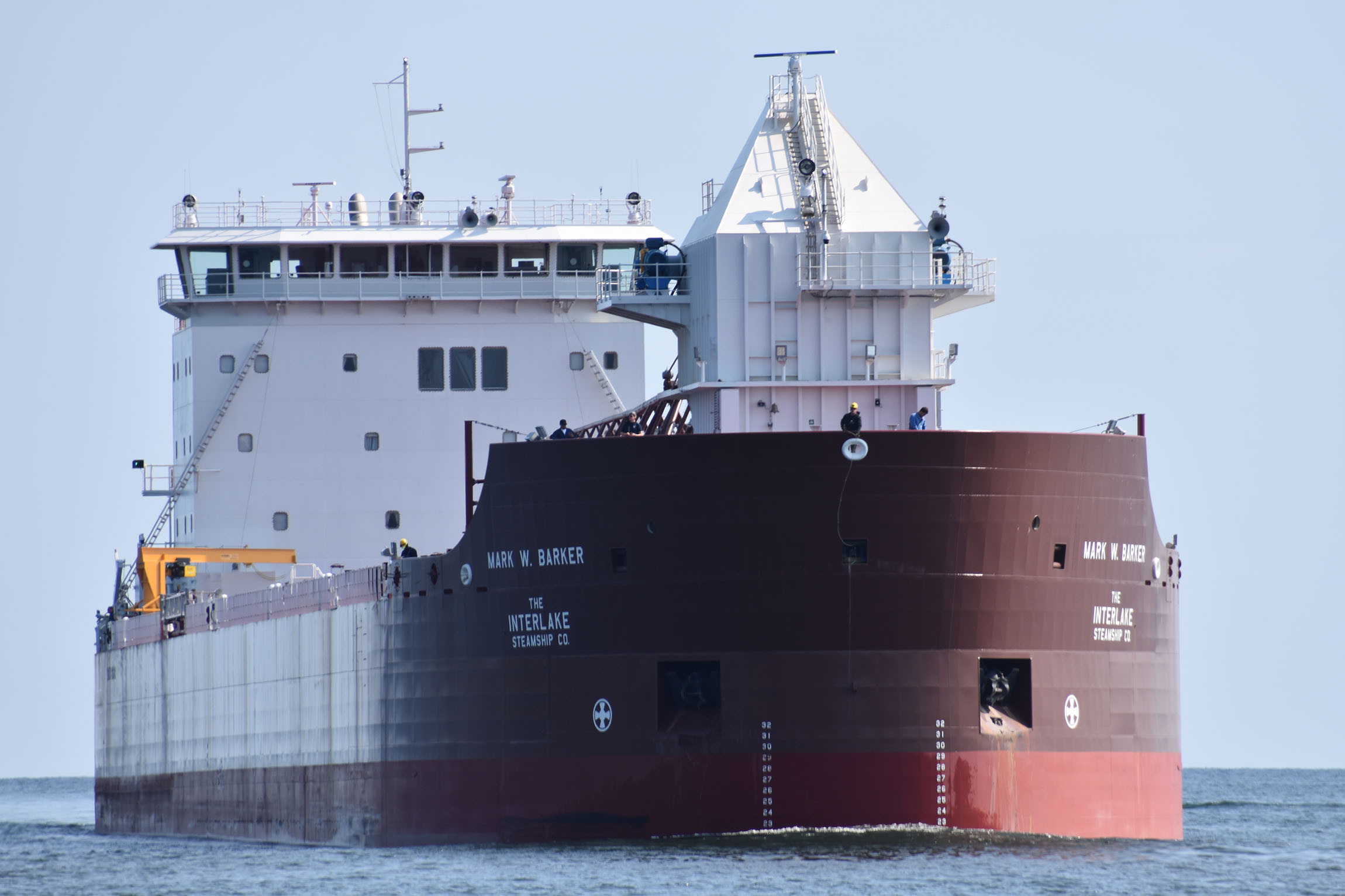Muddy sediment from flooding in the Duluth/Superior area has made its way into Lake Superior. The plume, visible from space, is causing concern among aquatic biologists.
Last week, up to ten inches of rain fell in the Twin Ports causing substantial flooding. That caused a tremendous amount of mud, sand and gravel to wash down rivers and into the big lake. Now, lake ecologists are trying to figure out what this might mean for fisheries and aquatic ecosystems in the western tip of Lake Superior. Erik Brown is the acting director of the Large Lake Observatory in Duluth. He says surveys show the sediment has inundated the entire water column for miles, down to more than 100 feet deep. He says that could be a problem for fish spawning areas along the shore. “The adult fish are just probably not going to go there, but for the juvenile fish and for some of the spawning grounds that are in some of the coastal areas, they’re not really big enough to swim away from it. So, there may be more impacts for them.”
Also, Brown says the sediment is more than likely laced with pollutants. He says they’ve already detected increased levels of phosphorus, which contributes to algae blooms. “Once the clays settle out of the water and you get some clarity, there there’s likely to be some ecological affects with algal blooms. The extent of that? We don’t know.”
Stay informed on the latest news
Sign up for WPR’s email newsletter.
Captain Adam Bohlmann runs Duluth Charter Fishing. He says the flooding and the sediment have cost his business thousands of dollars: “It cost us about a week of fishing, and now that we’re back out on the lake and back out catching some fish, we’re going out an additional ten miles further than we typically would this time of the year.”
Bohlmann says those ten extra miles cost him about $80 per trip.
Wisconsin Public Radio, © Copyright 2024, Board of Regents of the University of Wisconsin System and Wisconsin Educational Communications Board.





